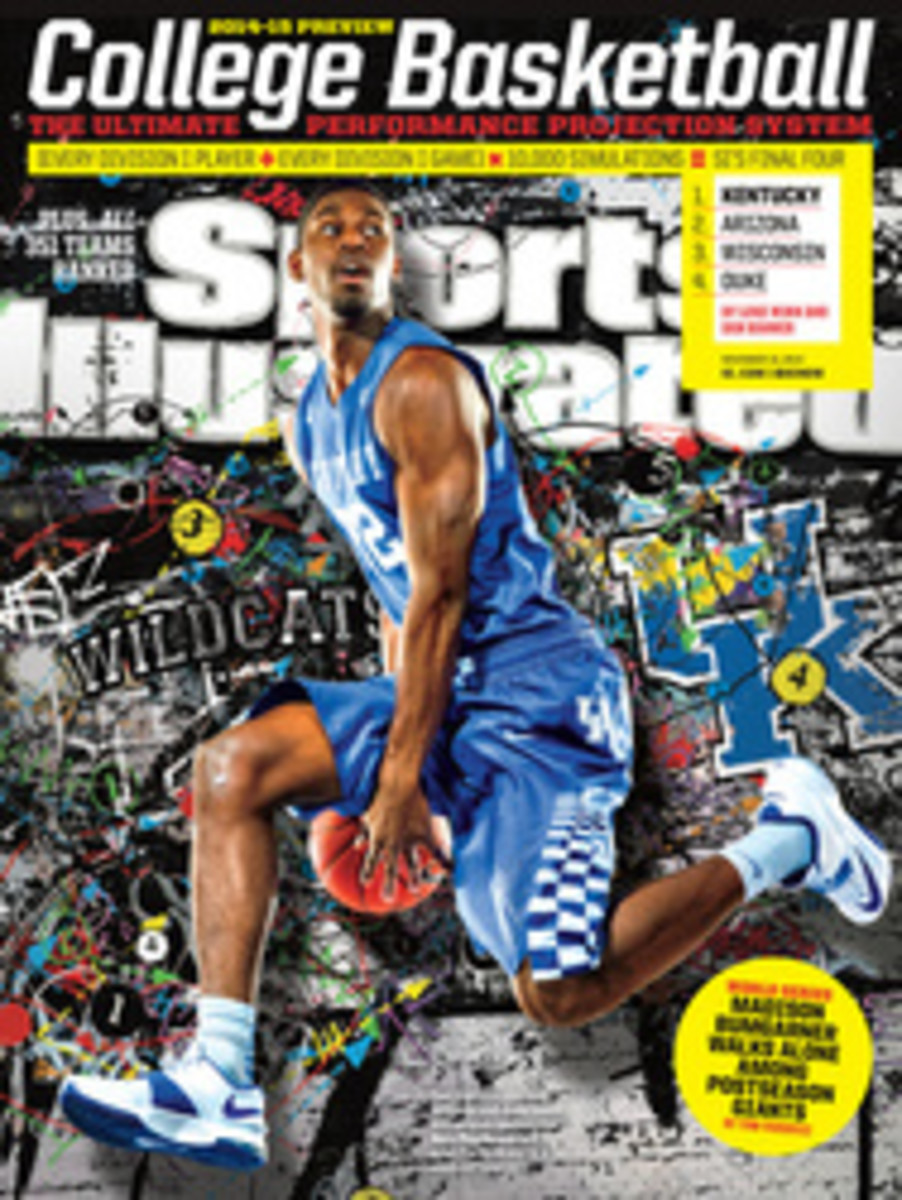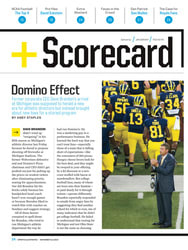
The Case for ... Royals Fans
For the next four weeks The Case for ... will feature a Sportsman of the Year candidate. Find more nominees at SI.com/sportsman
HIROO ONODA WAS a Japanese soldier who remained at his jungle post on Lubang Island in the Philippines for 29 years after World War II ended, unaware that his nation had surrendered and oblivious to the march of time.
Onoda's continued existence came as a revelation to his long-retired commanding officer, who met with the soldier in 1974—decades after he was declared dead—and formally relieved him of his duty. Onoda wore the same uniform he had in 1945, though it was in tatters, when he returned to Tokyo, blinking in disbelief at the skyscrapers and automobiles he saw there.
Twenty-nine years is a long time to be dead. The world was reminded of that when Onoda died—for real—in Tokyo, aged 91, last Jan. 16, which happened to be the 57th birthday of Steve (Bye-Bye) Balboni, the former slugger of the 1985 Kansas City Royals. The Royals won the World Series that season, but spent the next 29 years in oblivion, dutifully making the rounds of the American League, wearing more or less the same uniforms they always had, unaware that their efforts were pointless and that they had long ago surrendered.
Or had they? On a Tuesday night at the end of August, the Royals found themselves 1½ games in front of the Tigers in the American League Central after beating the Twins with an Alex Gordon walk-off homer in front of 13,847 witnesses, most of them Kansas Citians who suspected this team might be alive after all.
Manager Ned Yost expressed his disappointment that more believers hadn't shown up, when in fact it was a marvel that so many had. From April through September, an average of 24,154 people came to Kauffman Stadium, waiting at the jungle's edge, inexplicably devoted to duty. And then the Royals emerged from the wilderness, a little dazed, into the blazing light of autumn. They were unmistakably alive. A nation gasped, then applauded.
The wild-card game, which the Royals won against the A's, didn't exist in 1985. The night they beat the Angels to clinch the ALDS—another modern invention—Comedy Central was airing Hot Tub Time Machine, about high school buddies who travel back to 1986, when the Royals were reigning world champs and the world was evidently filled with enormous satellite phones and something called wine coolers.
The world had changed while the Royals were off the grid (starting with the fact that there wasn't really a grid in 1985) but their fans continued turning up, as if nothing had happened. And that was the problem: Nothing had happened. Royals fans came anyway—never fewer than 1.2 million in a season, usually many more—in an act of faith or madness or (here comes that phrase again) simple devotion to duty. That's why those fans are my Sportsmen and Women of the Year. They maintained this bedside vigil, day after day for decades, in the fading hope that the patient would stir.
And then it stirred. By the bottom of the ninth in Game 7 last week, with leftfielder Alex Gordon standing on third and the winning run at the plate, those fans were one pitch from bliss. A group described as "long-suffering" for 29 years hadn't suffered deeply. Prolonged losing becomes a general anesthesia. Then catcher Salvador Perez popped a foul ball that Giants third baseman Pablo Sandoval settled under. The anesthesia began to wear off.
Like Hiroo Onoda, Gordon was stranded on his island, unable to get home. When Onoda returned to life (and to Tokyo) after 29 years, he received a hero's welcome. The Royals have too, a reward from—but also for—those fans who remained vigilant against all reason. Duty or folly, Royals fans now know the truth of what Robert Louis Stevenson wrote: "There is no duty we so much underrate as the duty of being happy."
Royals fans came anyway in an act of faith or madness or simple devotion to duty.
PHOTO
WILLIAM PURNELL/ICON SPORTSWIRE

